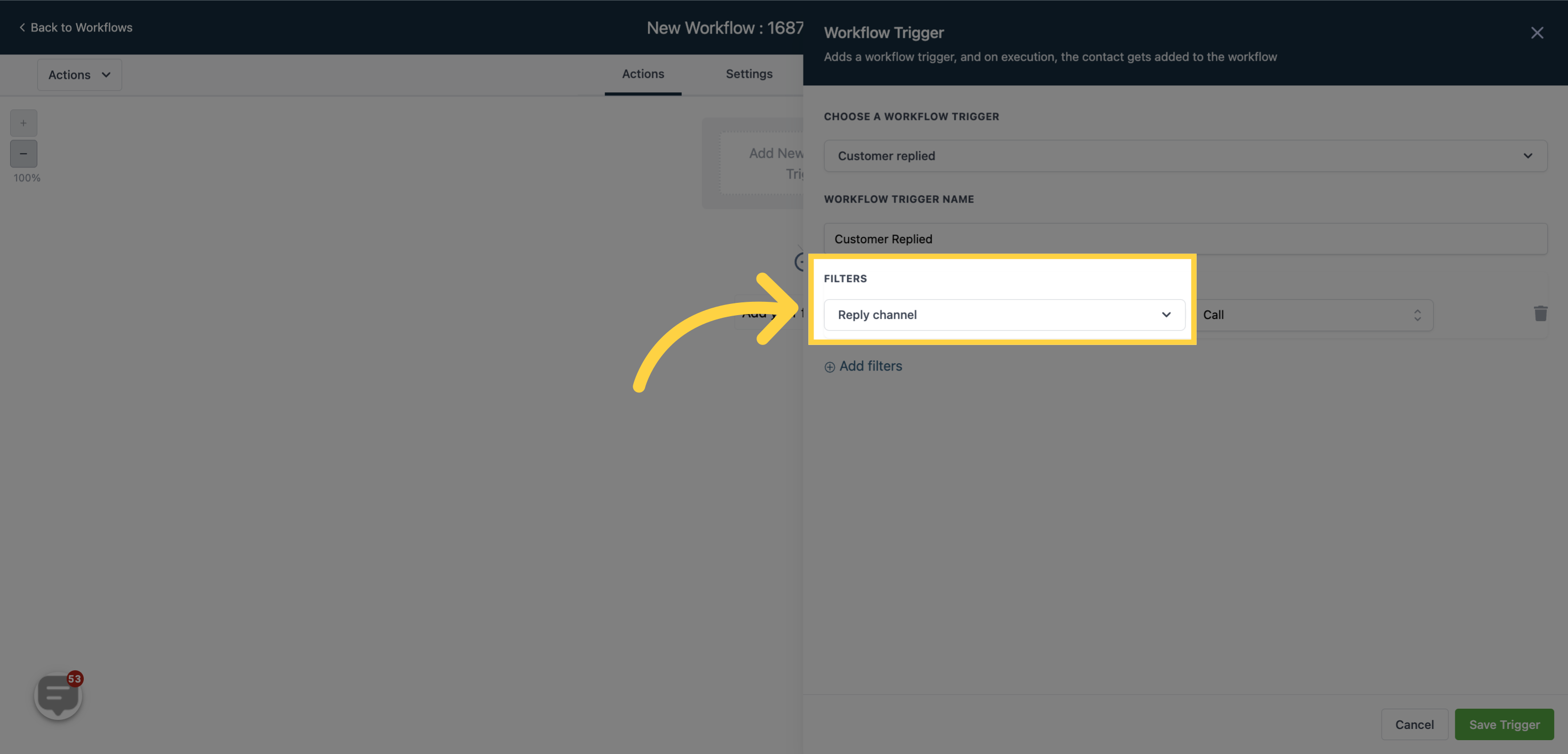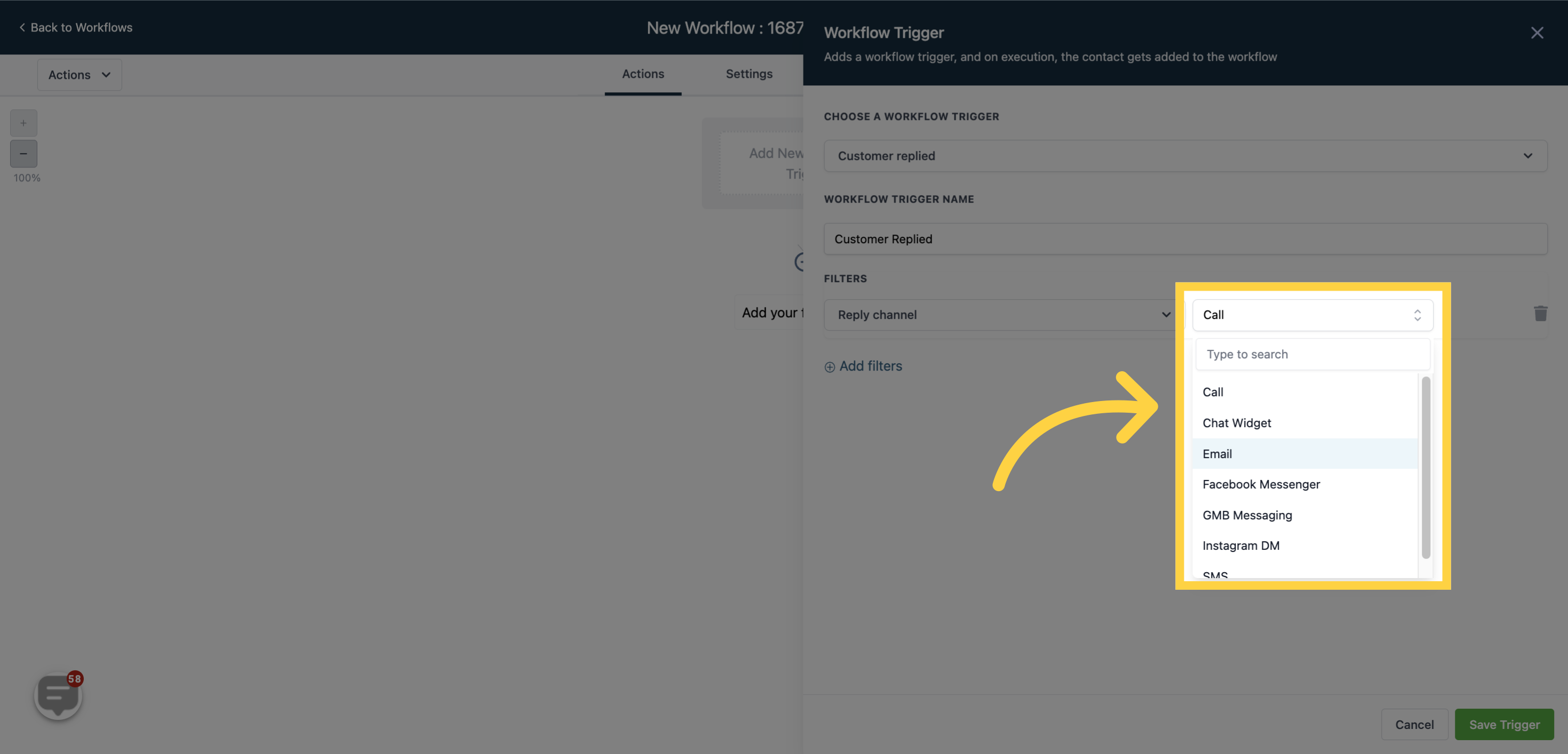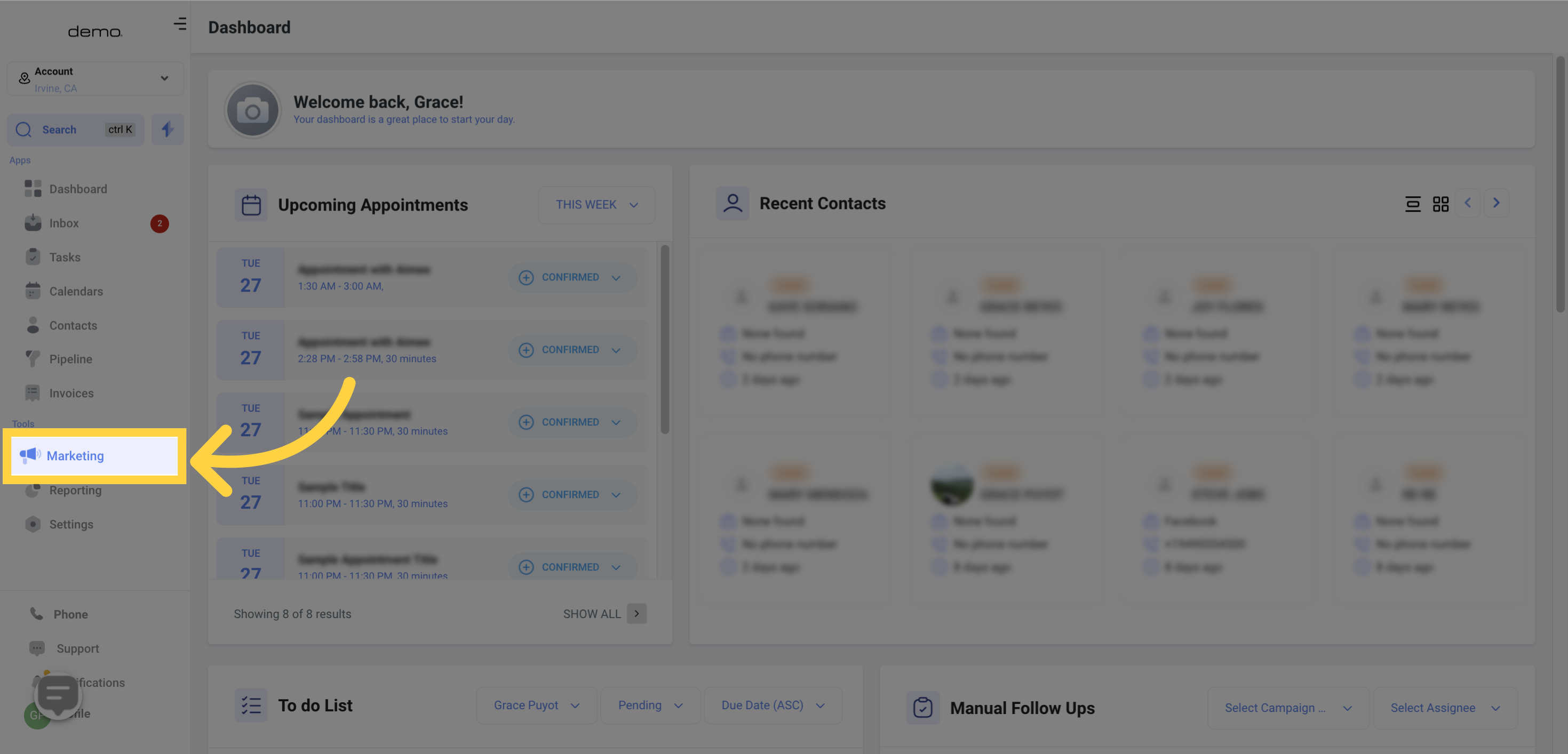

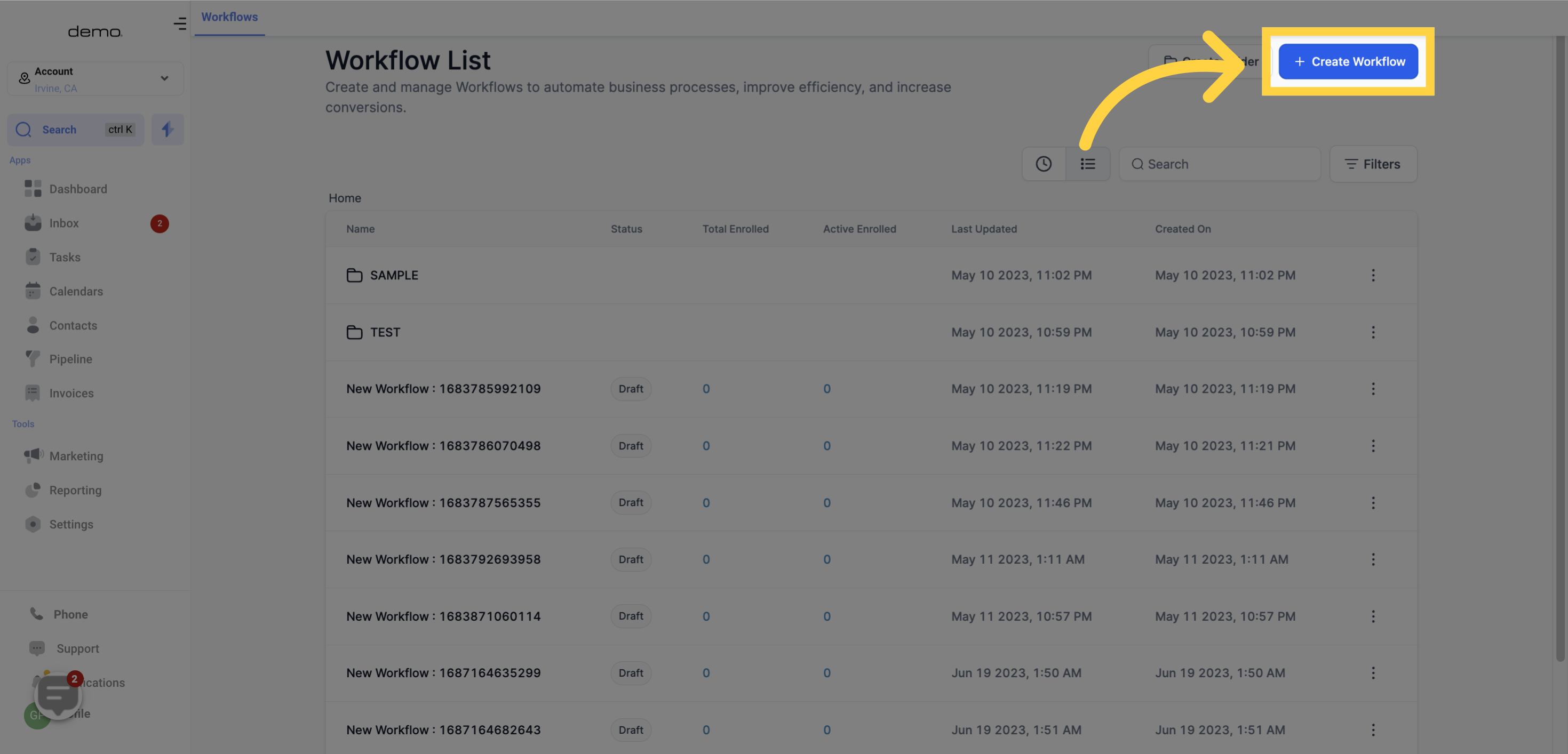
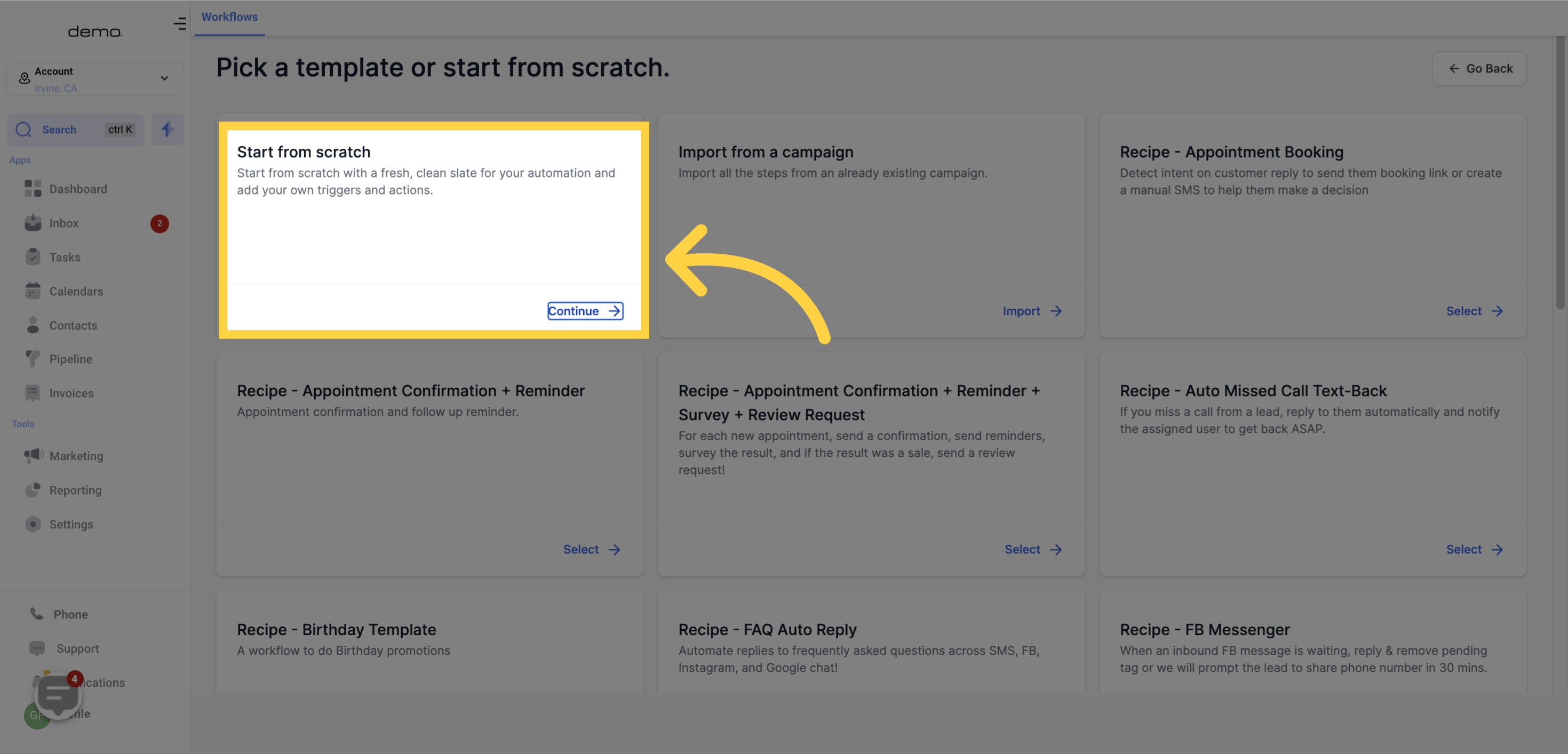
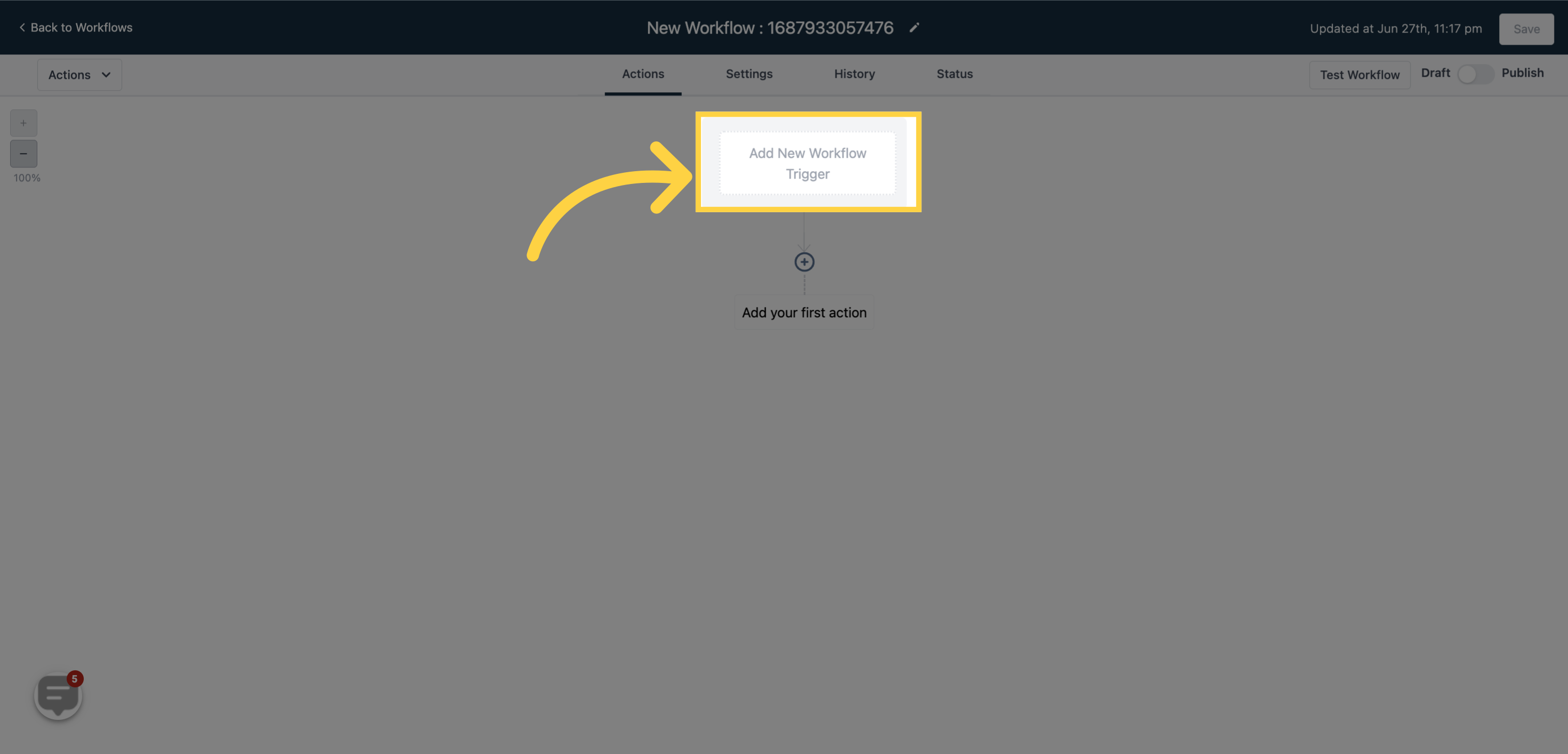
The workflow trigger labeled "customer replied" is activated upon receipt of an incoming message from a contact. Being an advanced workflow, it incorporates numerous filters and variables. This trigger can be instrumental in constructing automation that executes actions dependent on customers' responses, and can further be confined to responses from a particular communication channel like SMS or Email only.

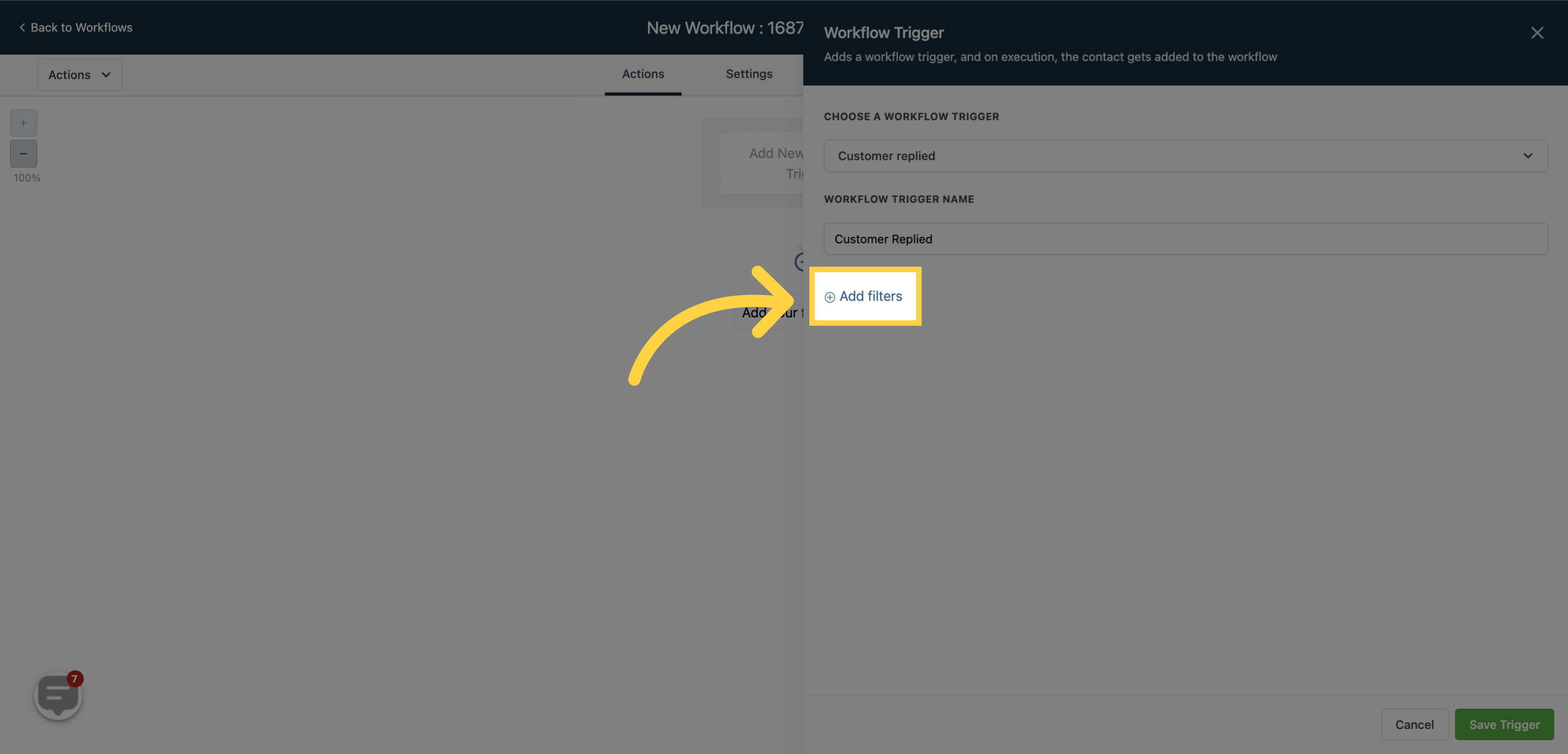
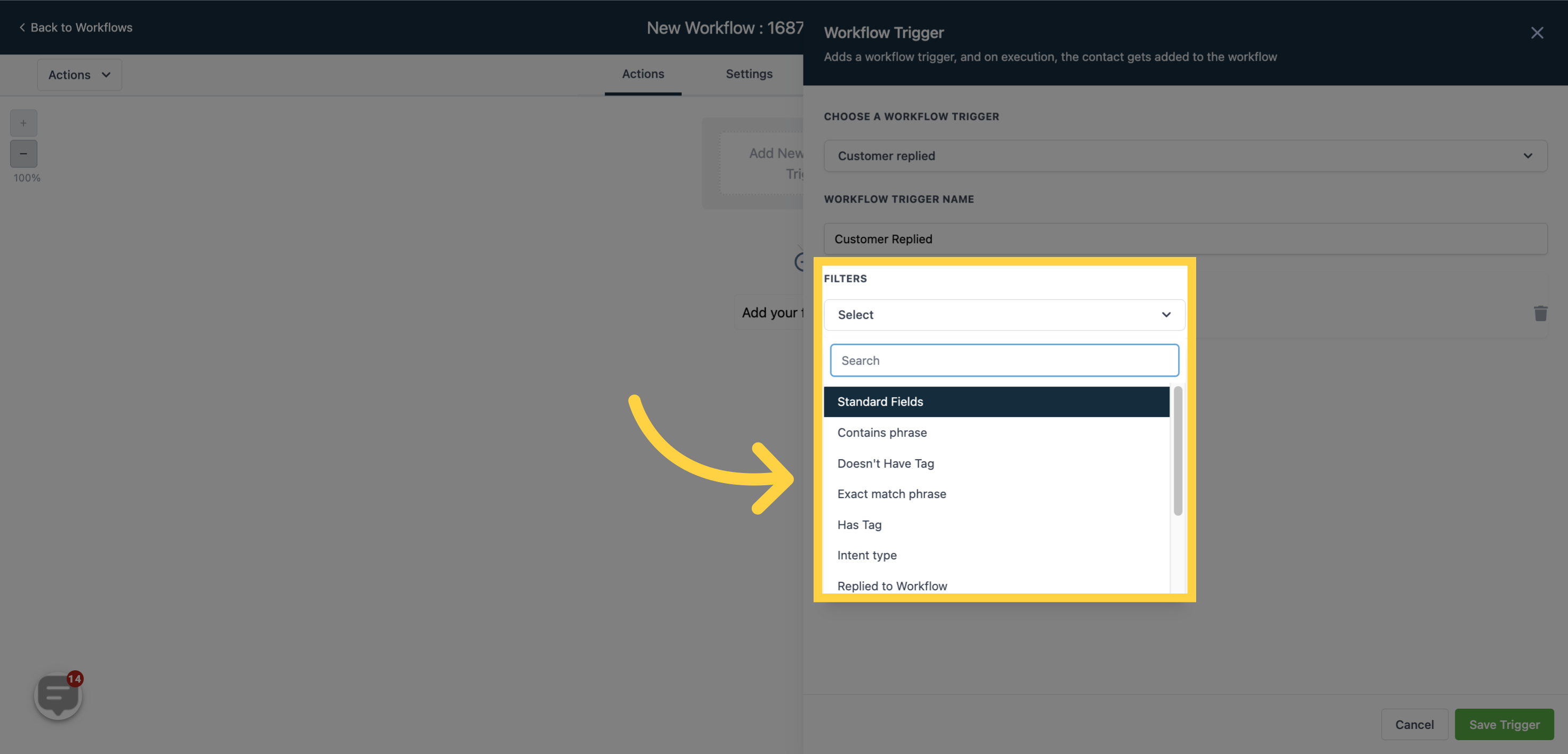
In case you want this workflow to activate only when a particular phrase is cited by your customer or lead, you can input that phrase into the "phrase match" filter. As long as the phrase is part of the message, irrespective of the other words, the workflow will be triggered.
For instance:
Using the phrase "Yes please" can activate this workflow when questioning a customer or lead if they are interested in a particular discount.

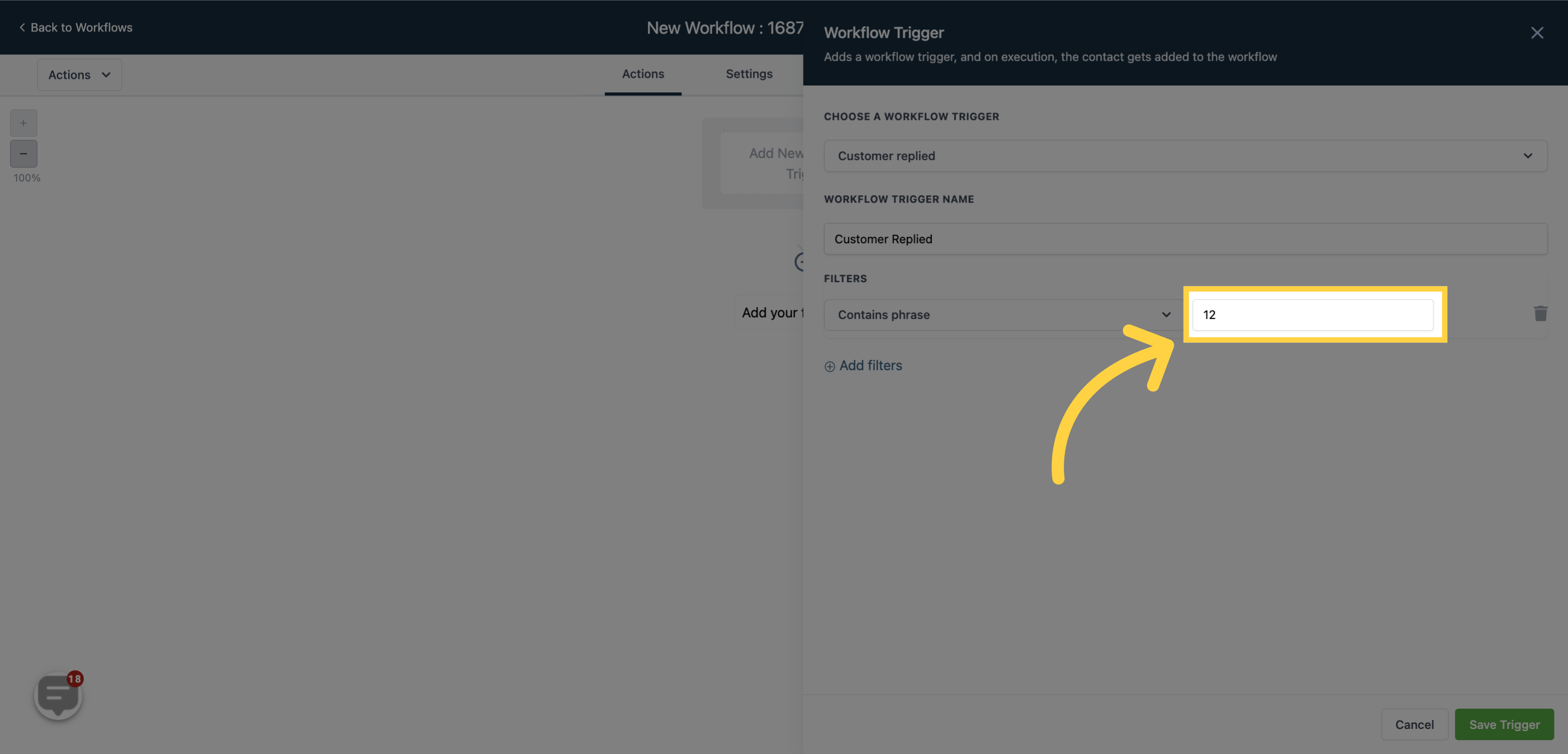
This filter, when selected, enables you to initiate this workflow only when a customer responds and their contact information DOES NOT bear the tag "20% discount voucher".
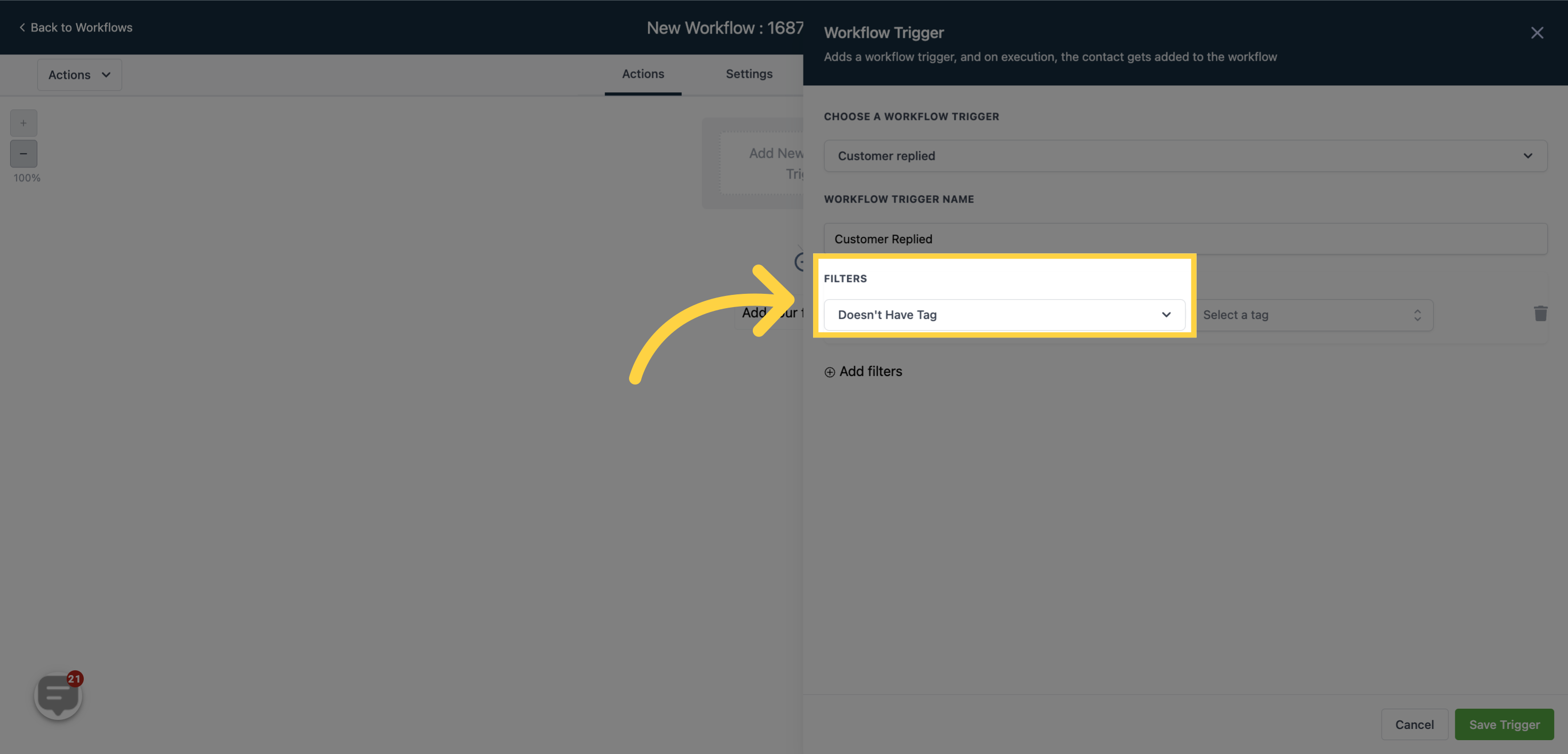
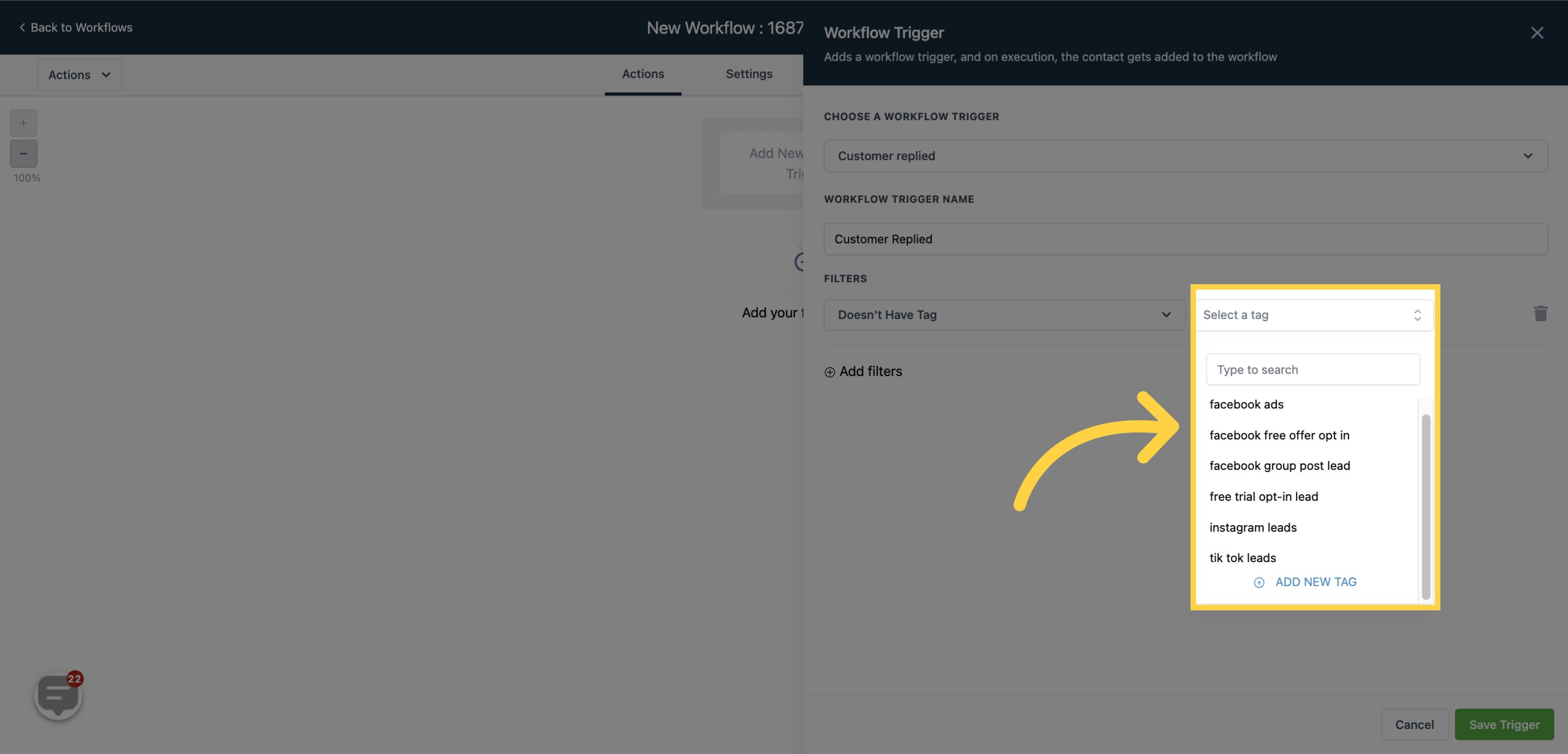
By selecting the "Exact Match phrase" option, you can limit the triggering action to a precise word or phrase. For instance, if your Exact Match Phrase is "Yes", should a contact enter any word other than this exact term "Yes", the workflow will not be initiated.
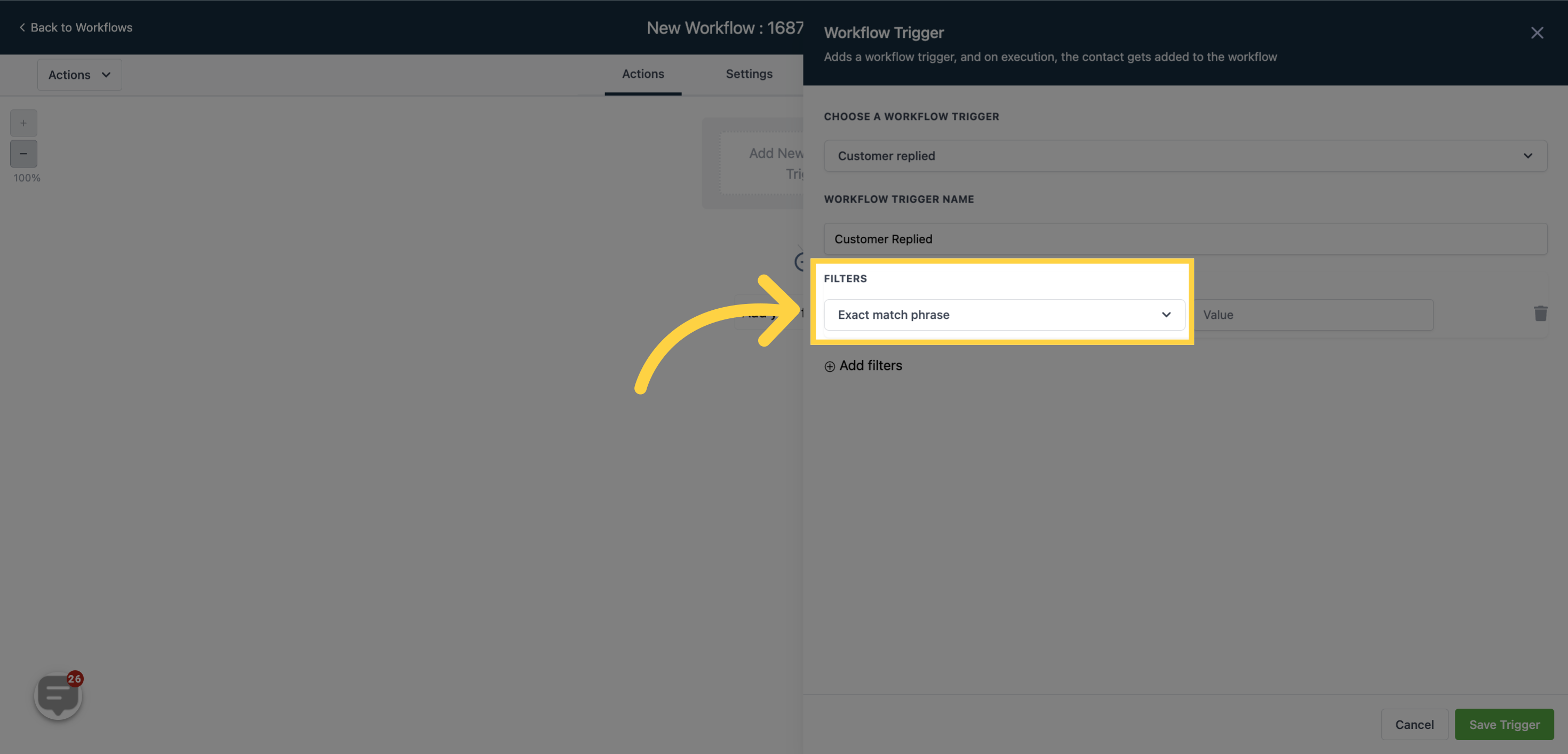
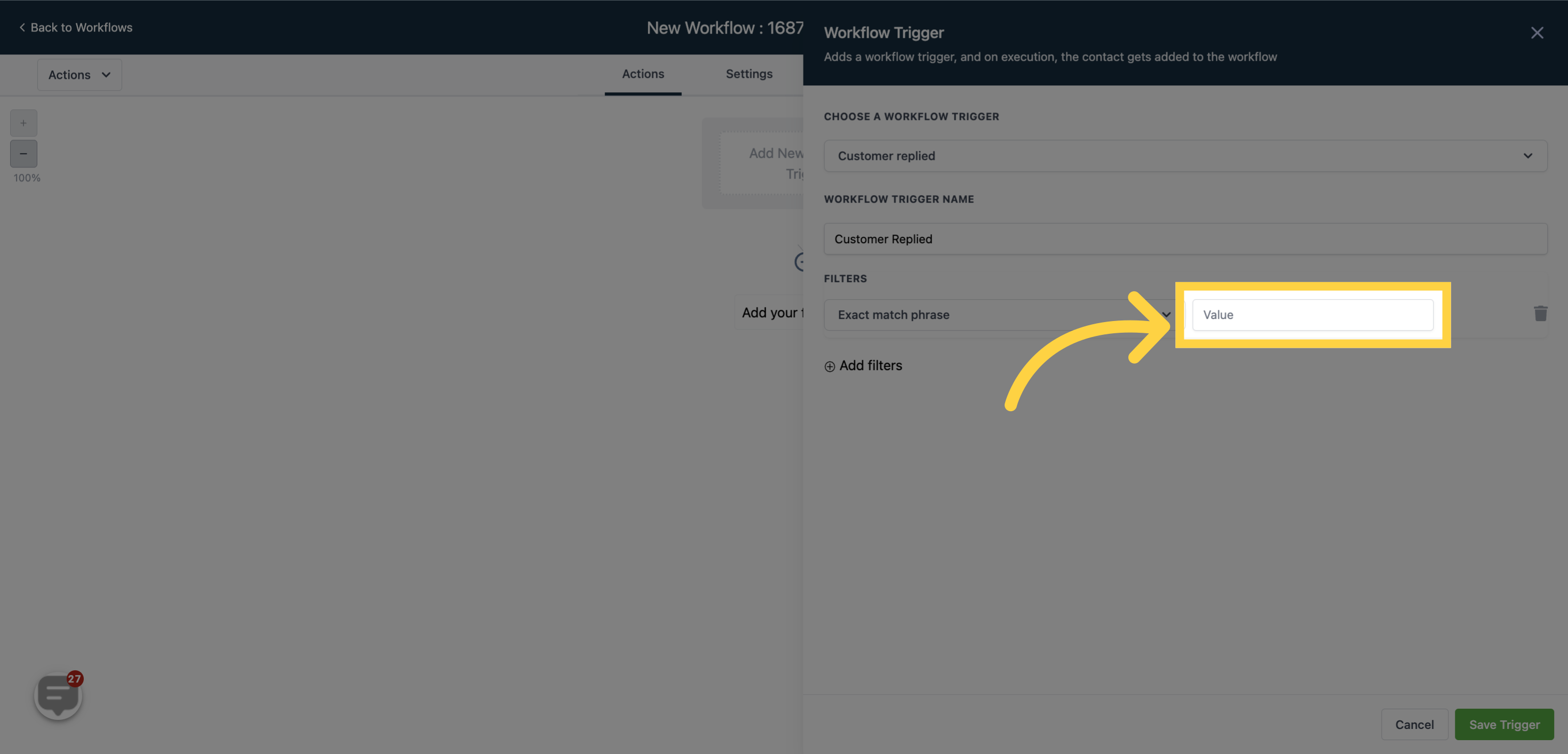
Select a tag from the CRM. When a tag is allocated to the contact's workflow, the workflow will only be triggered based on the specific tag.
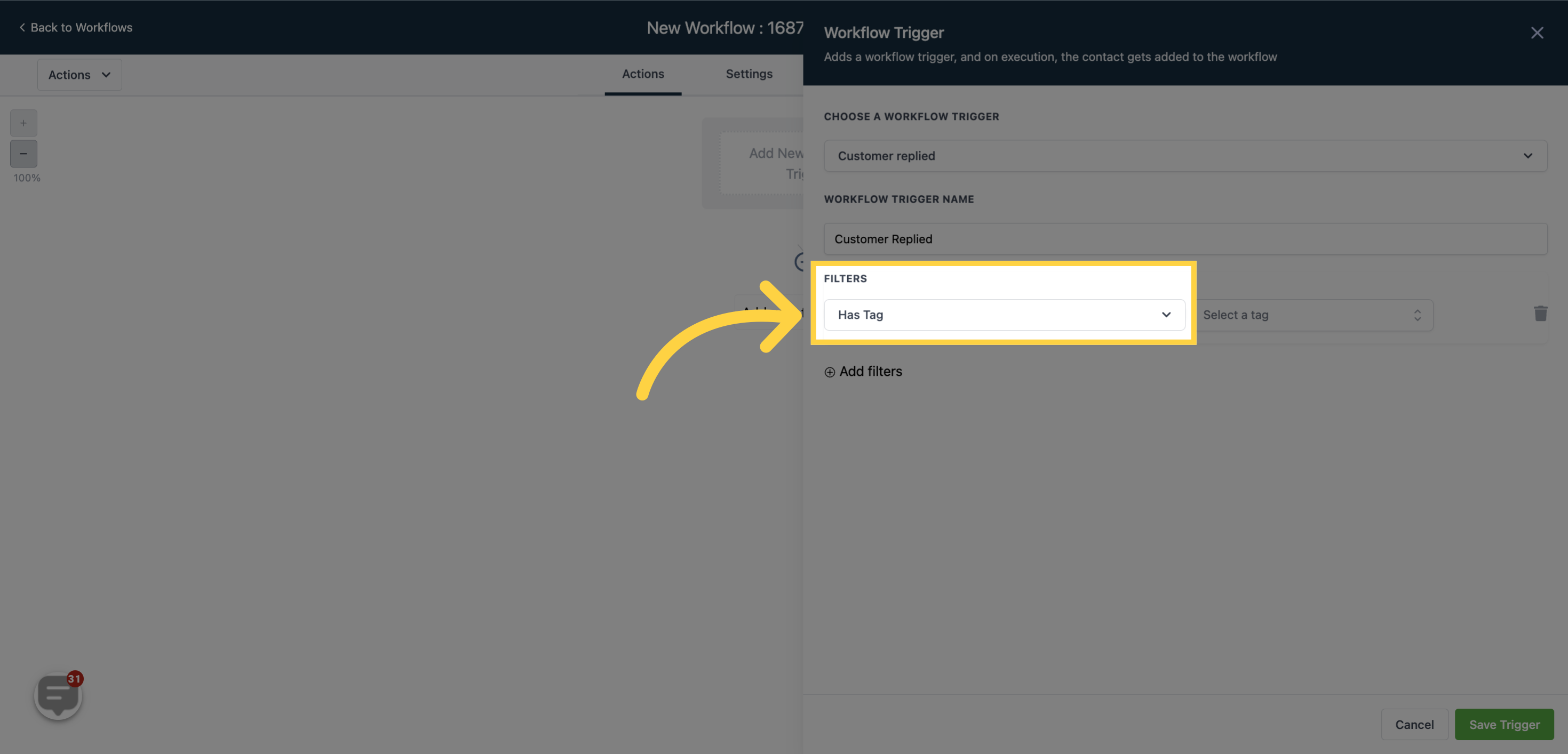
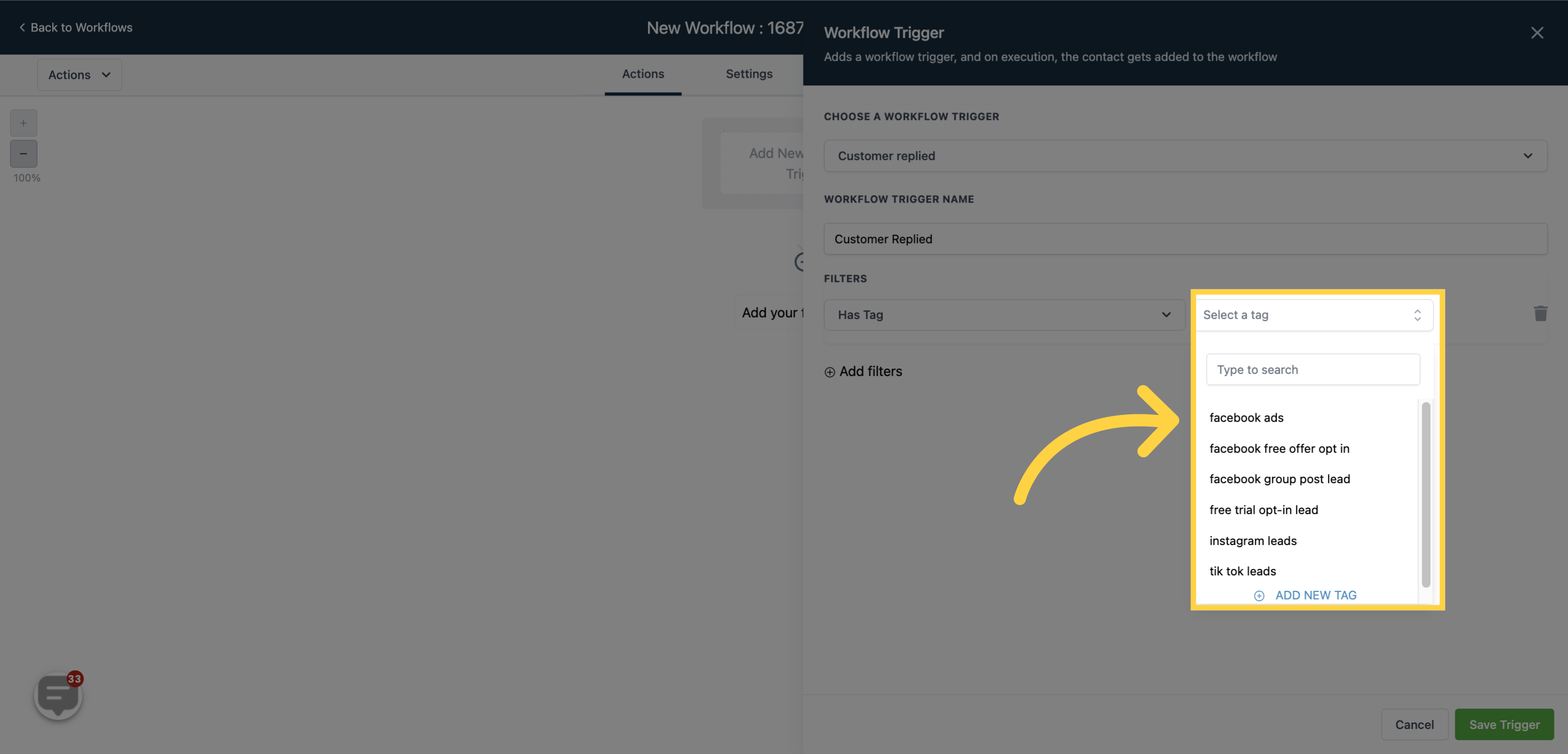
For "Intent Type", the system attempts to decipher the contact response to determine if it's positive or negative, and then it uses this automation to respond to the contact's message. This filter employs Google's automation technology, known as Google Dialog Flow, on the backend. This automation is designed by Google to comprehend human communication. Certain word groups are classified as positive, while others are classified as negative.
For instance, if a contact responds to an appointment invitation with "Sure but I have a meeting in an hour's time so make it quick", the system interprets it as a 'Yes', due to the usage of the word "Sure" in the sentence.
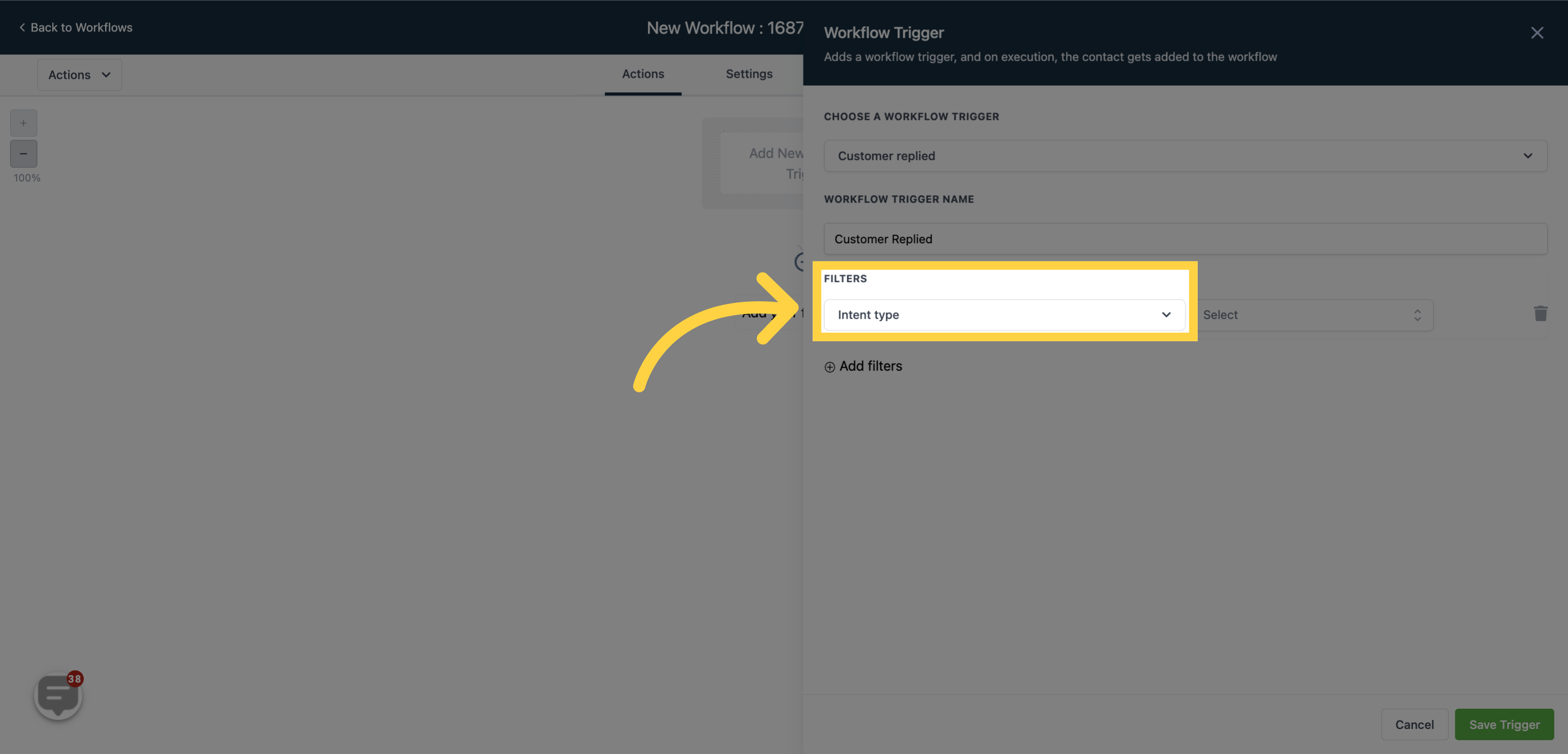
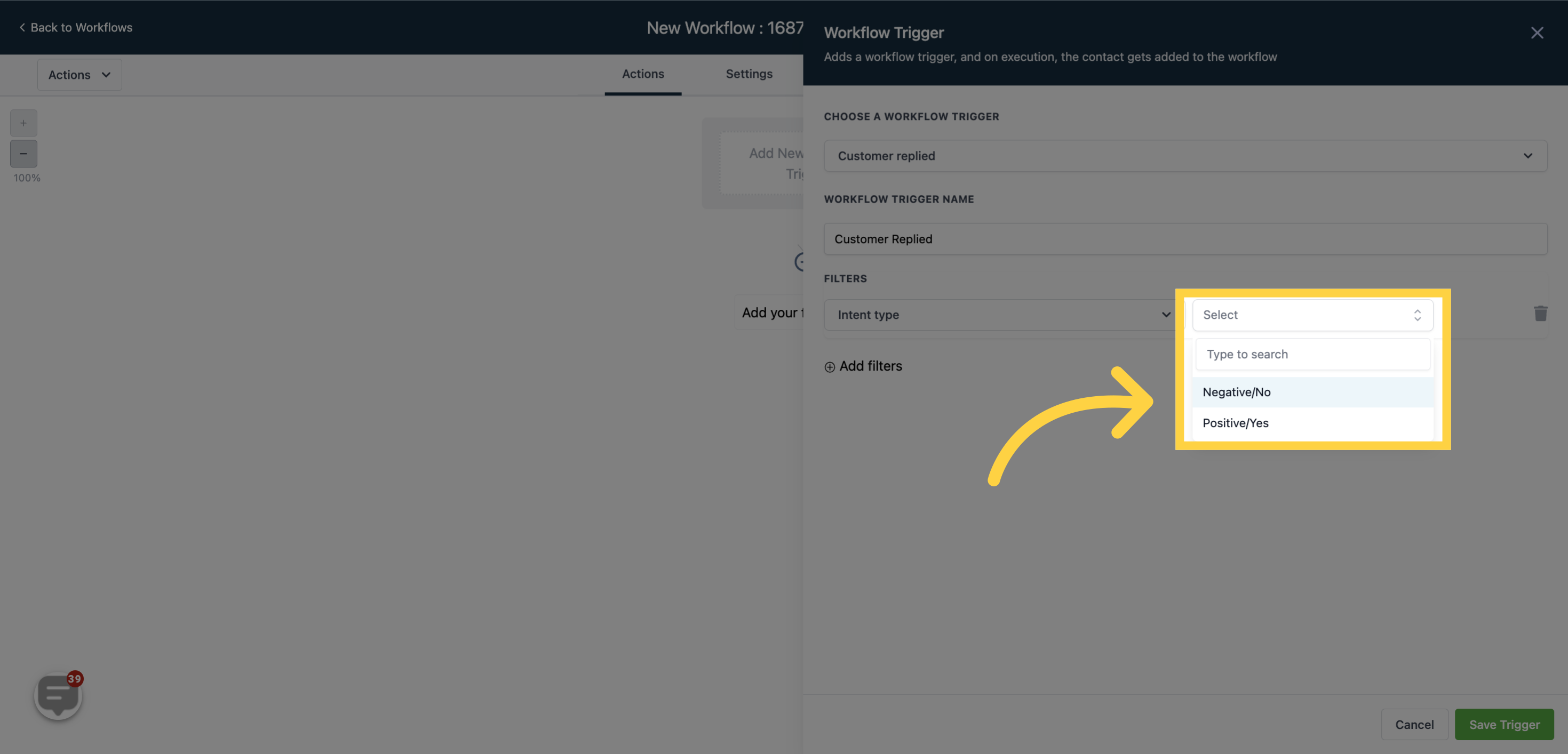
By opting for this filter, you can specify the workflow from which you anticipate a reply.
For instance, if you dispatch a message to your contact and are awaiting a response, you can activate this workflow based on their reply.
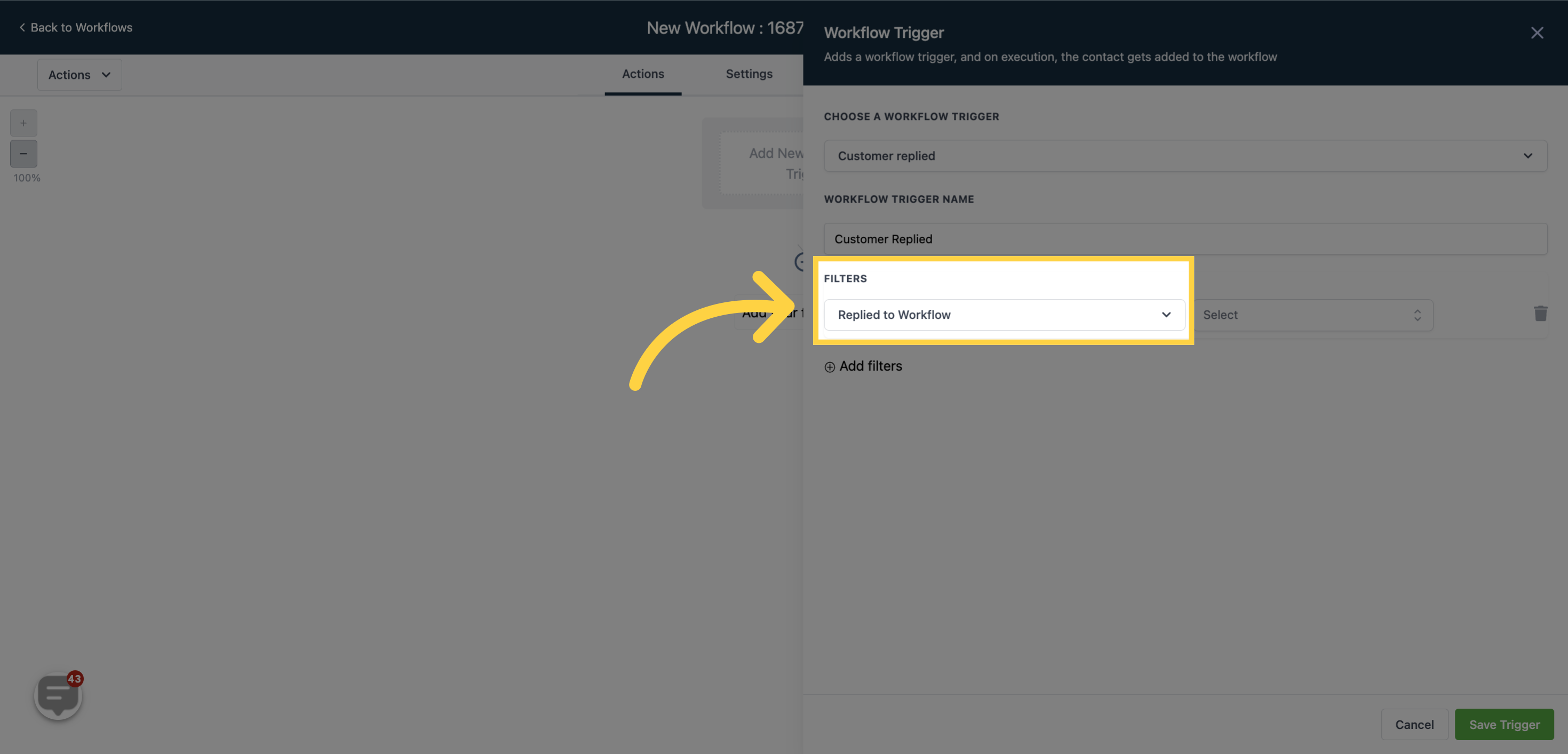
Click on "Recipe - Birthday Template"
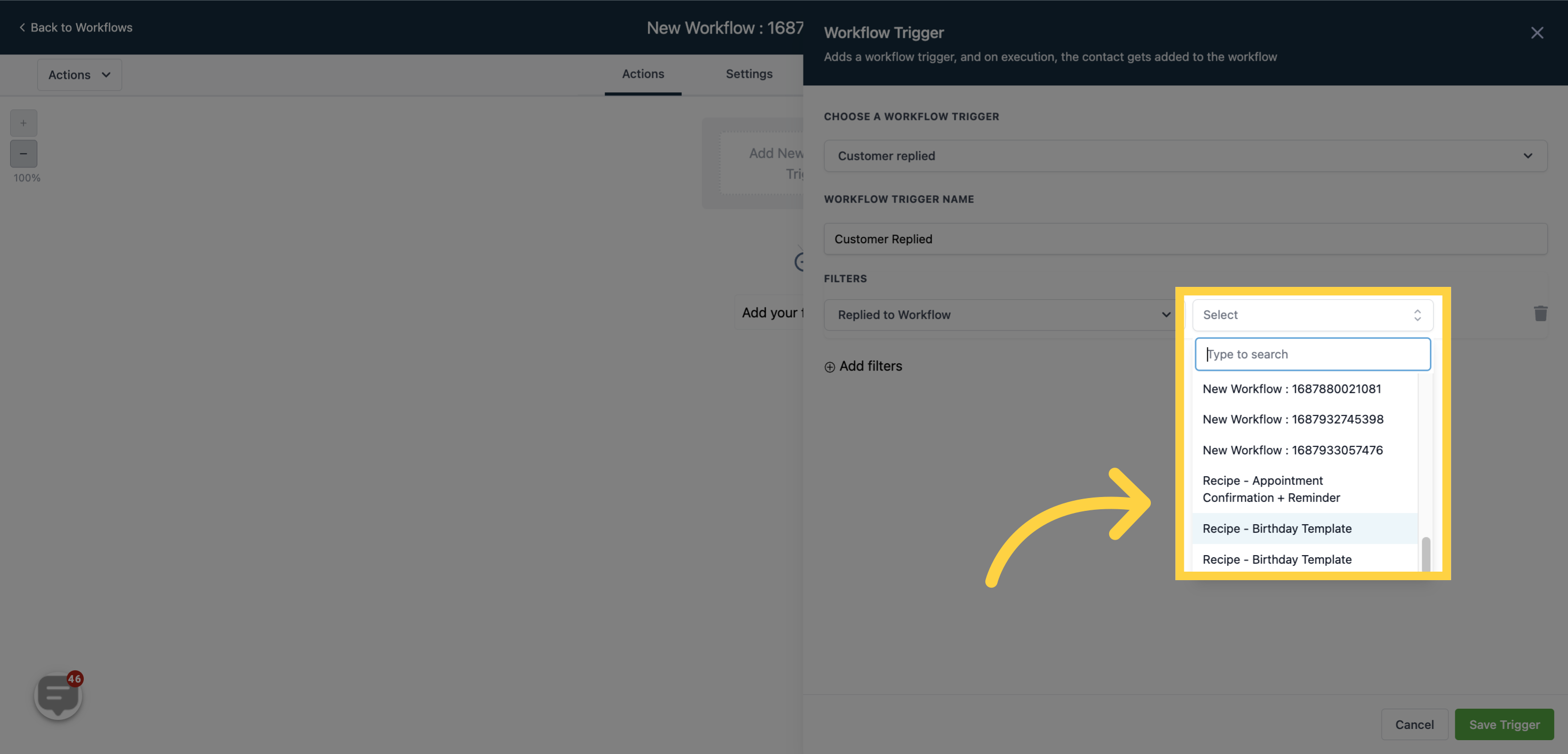
The "Reply channel" is activated only in response to a specific reply from a channel. For instance, if a customer responds to your SMS campaign, this workflow is instantly triggered.
